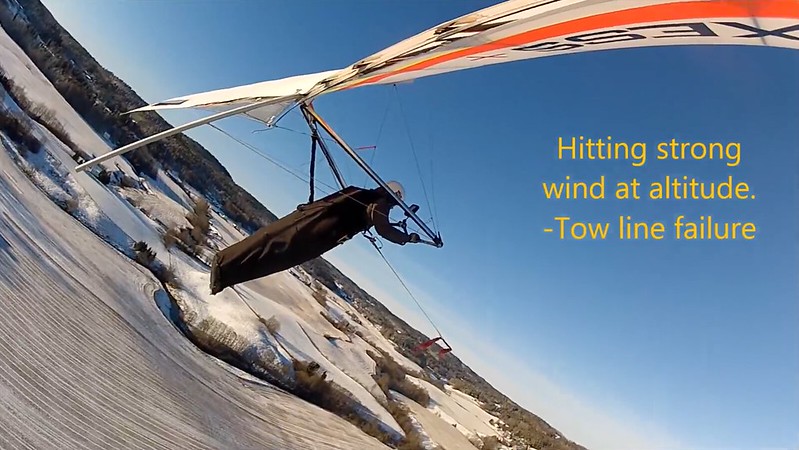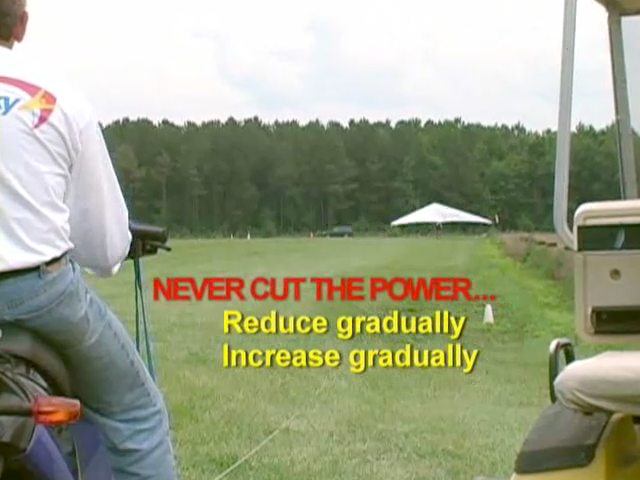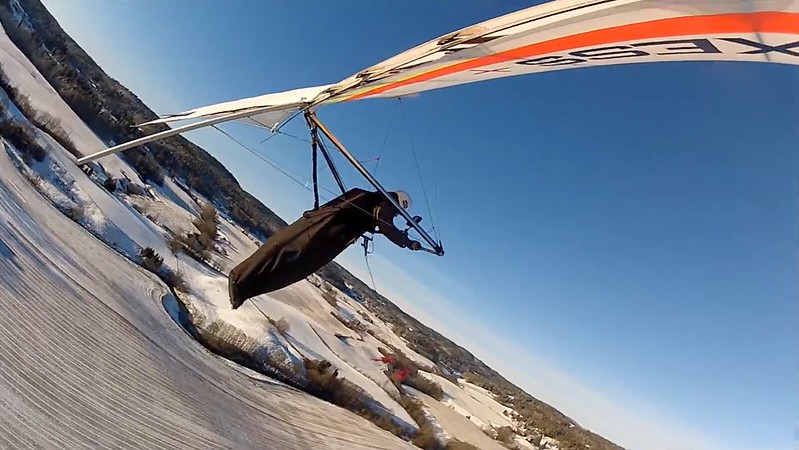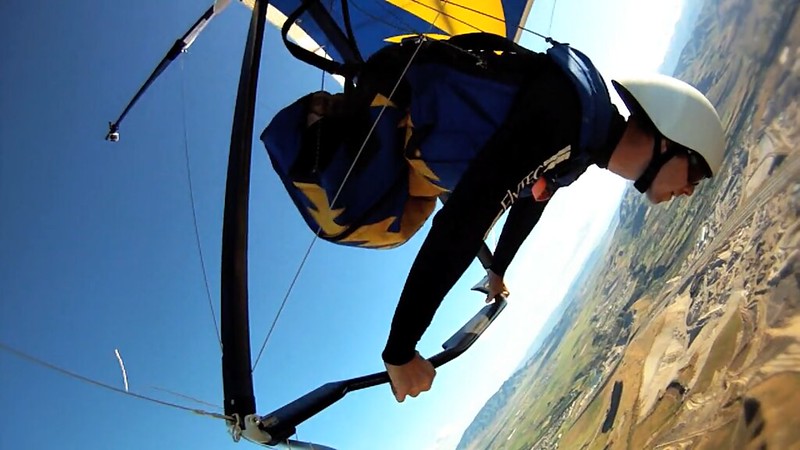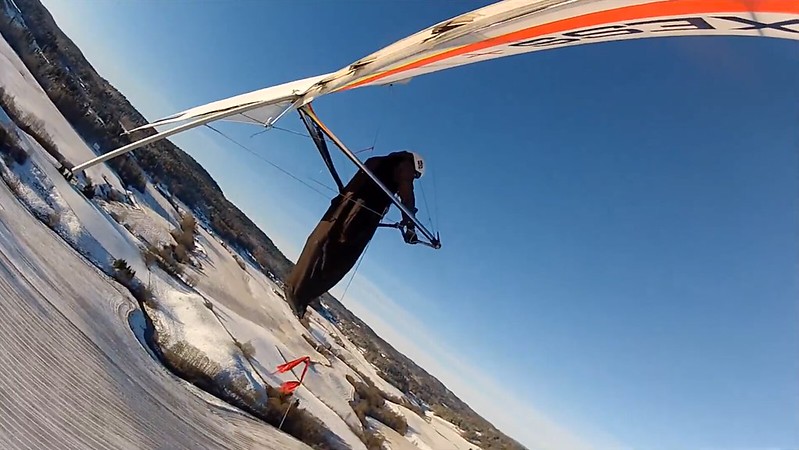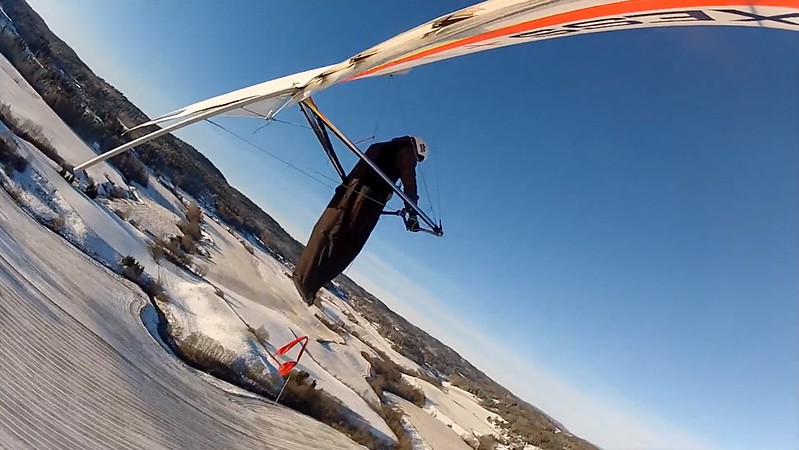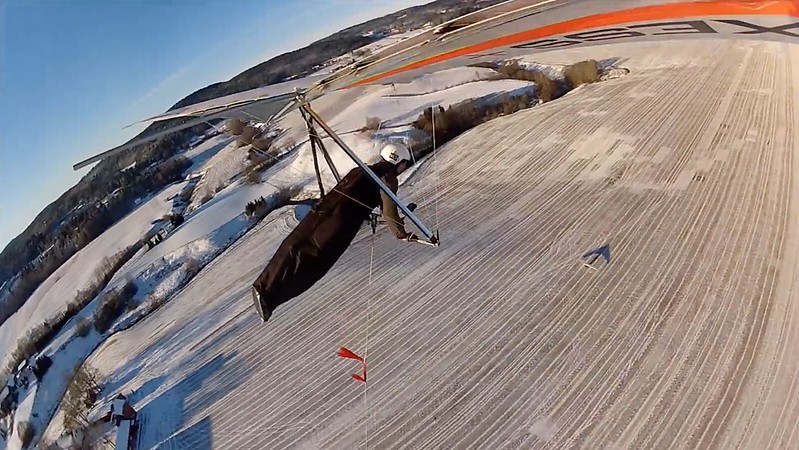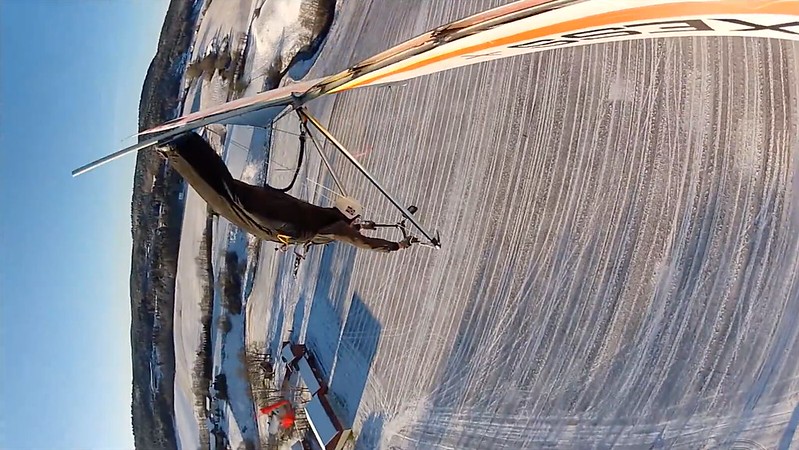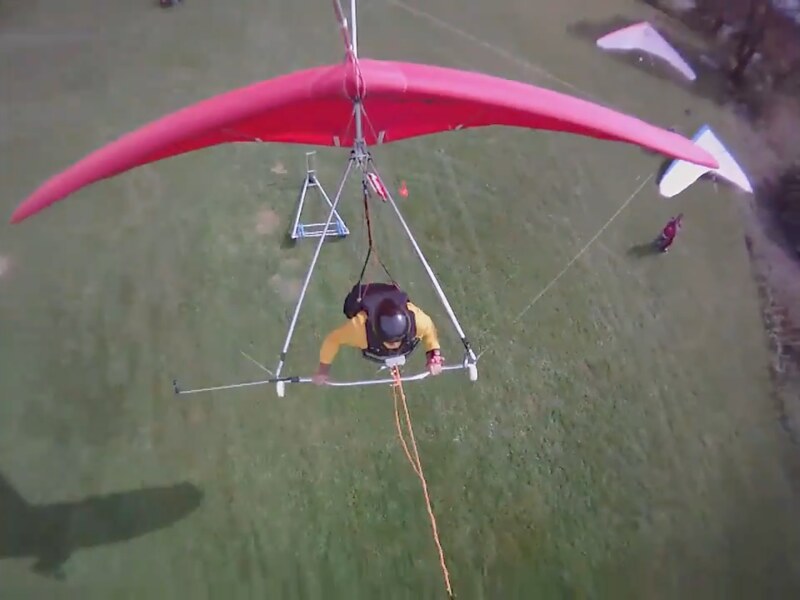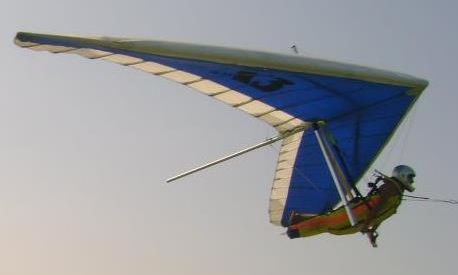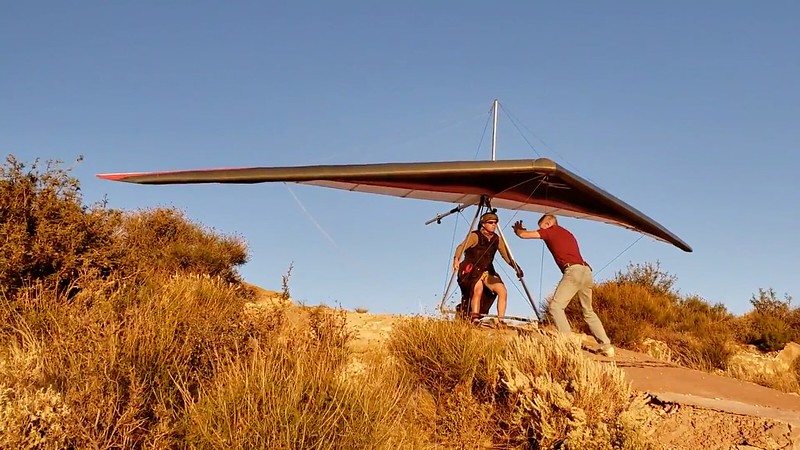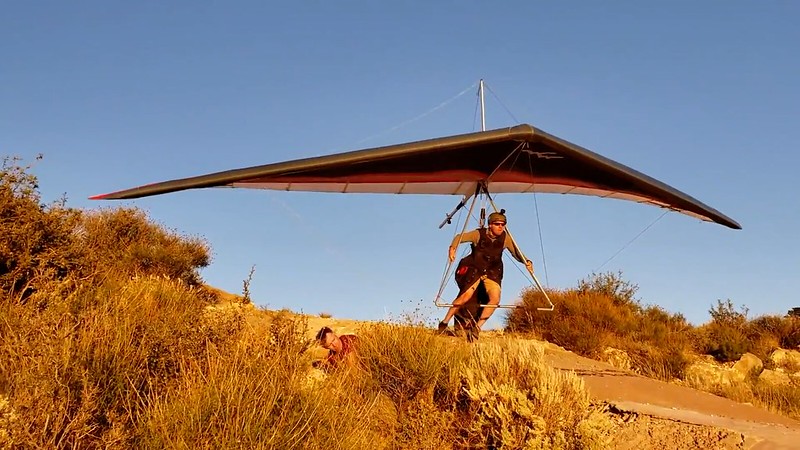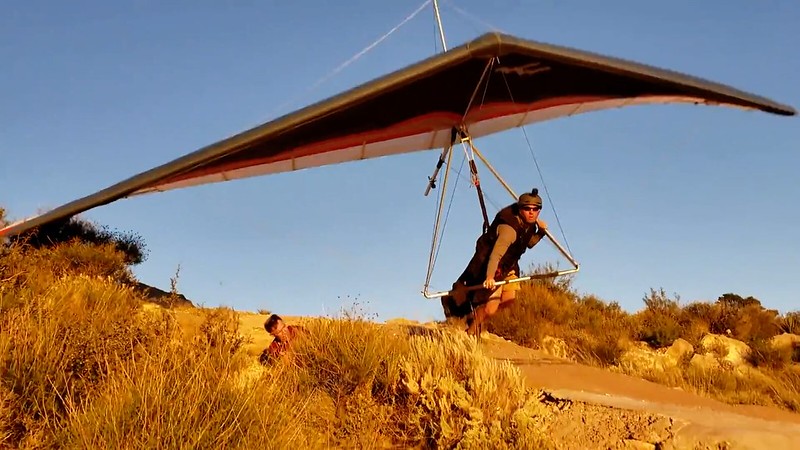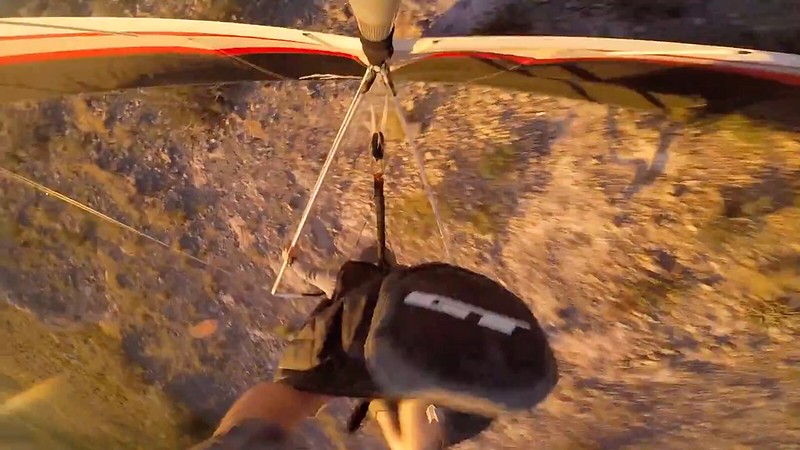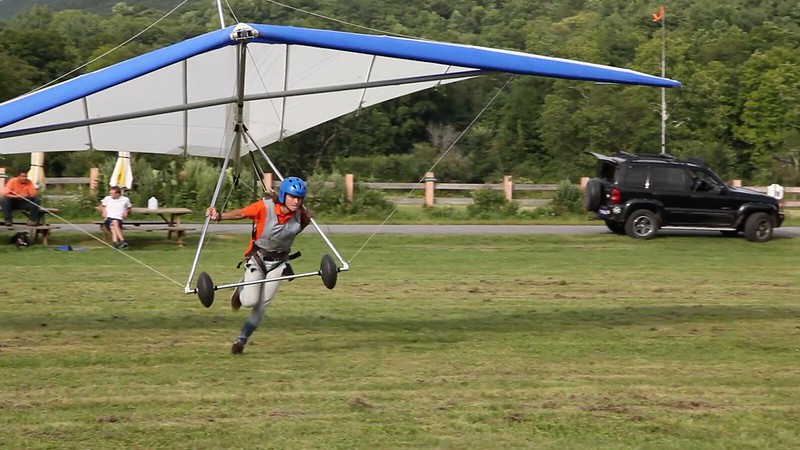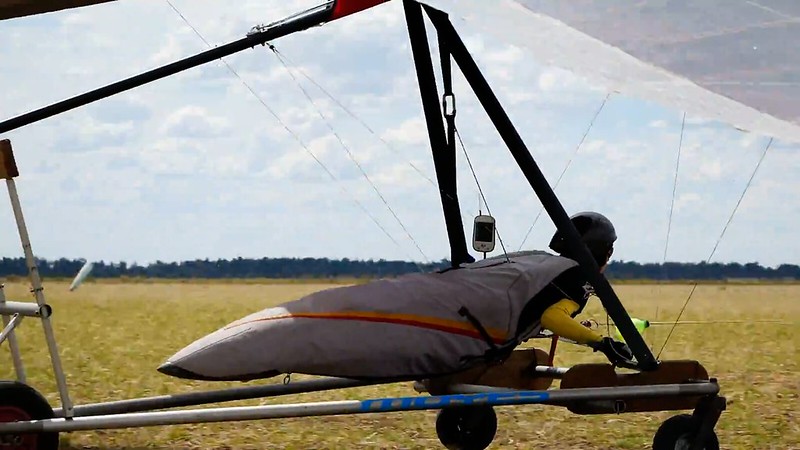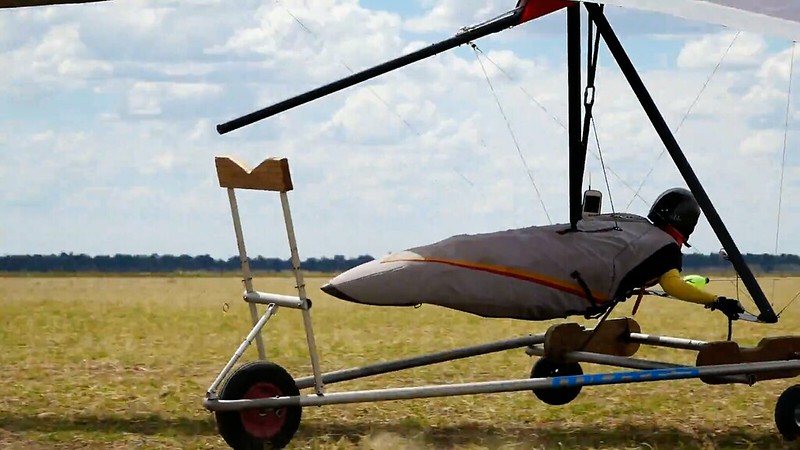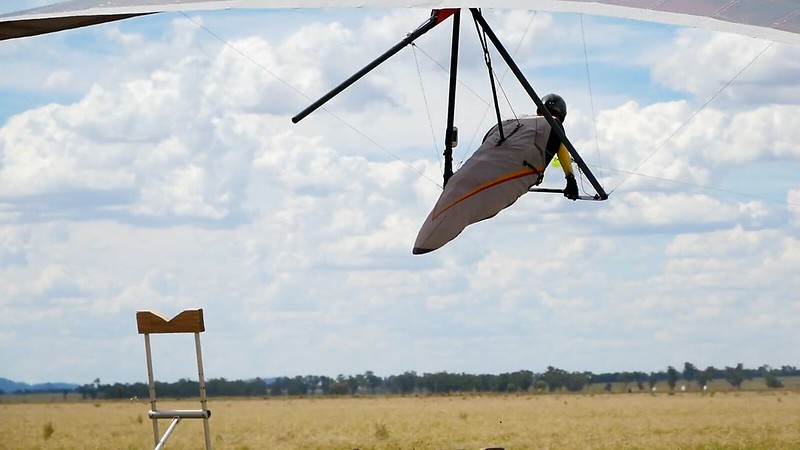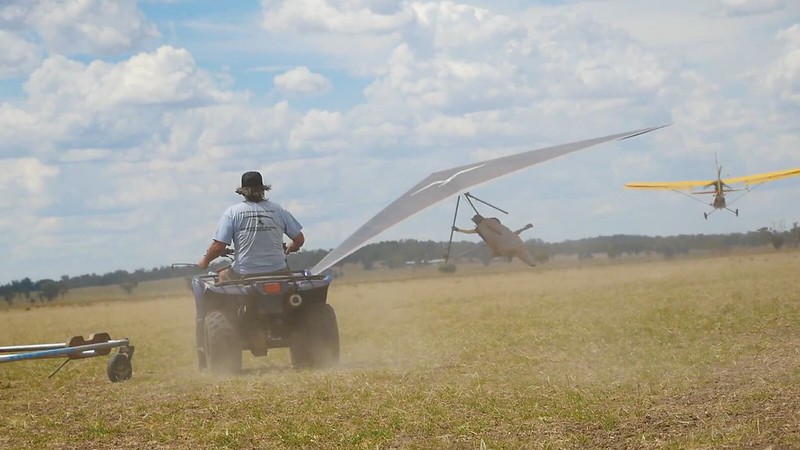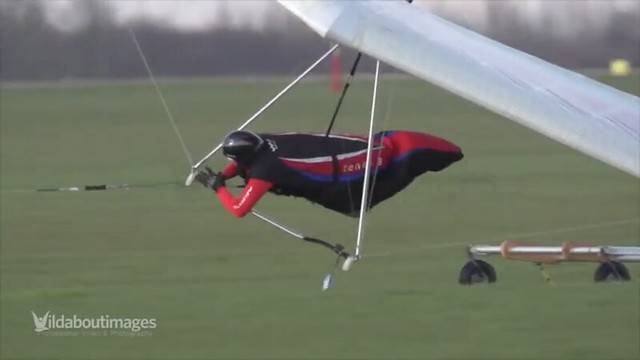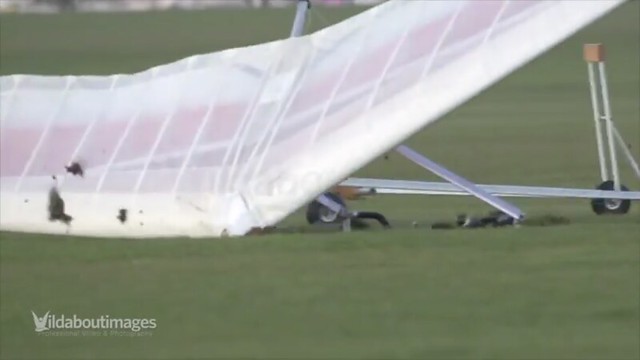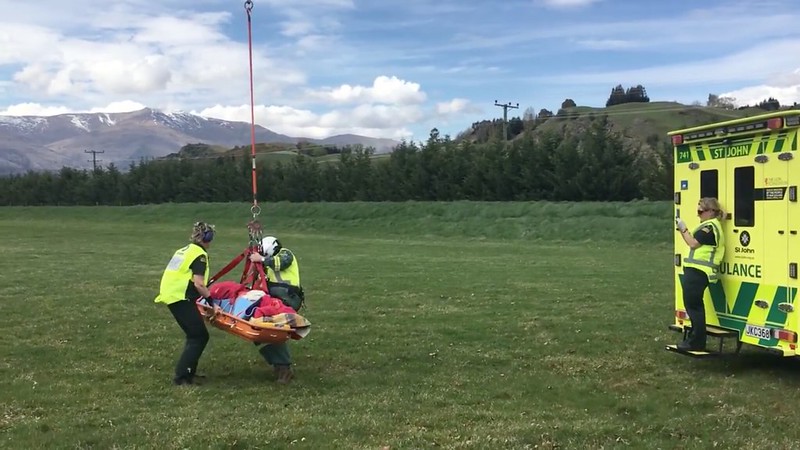Is this a joke ?
Cragin Shelton - 2011/09/03 23:57:33 UTC
Nice Reference CitationDo you REALLY think that there has been no progress in knowledge about the practical applied physics and engineering of hang gliding in 37 years? OR that an early, 3+ decade old, information book written by a non-pilot is a solid reference when you have multiple high experience current instructors involved in the discussion?Ridgerodent:
Manned Kiting
The Basic Handbook of Tow Launched Hang Gliding
Daniel F. Poynter
1974
"The greatest dangers are a rope break or a premature release."- Richard Johnson
(Poynter had a successful book about parachuting, and in 1973 saw the nascent sport of hang gliding as another topic he could write about. His forte is how to write non-fiction books, not hang gliding, or even adventure sports in general. See "Writing Nonfiction.Turning Thoughts into Books," Dan Poynter, 2000.)
Yeah - if you count negative.Do you REALLY think that there has been no progress in knowledge about the practical applied physics and engineering of hang gliding in 37 years?
In 1974 when that statement was published and even the idea of routing tow tension through the pilot was still a bit over half a decade away not a single one of the fucking pilots of the day had the slightest issue with that statement 'cause it was total common sense, the way all halfway competent tow operations (halfway was the best that could be done towing entirely off the frame) were run, totally supported by fatality statistics. All halfway competent tow operations were run with equipment preflighted to make sure that there was nothing in the system that would break with the tow in any reasonable degree of control.
Then in 1981 Donnell Hewett came around with one thing he got right - mostly for the wrong reasons; a whole bunch a shit he got totally wrong; a load of total crap equipment; and his lethal lunatic concept of an Infallible Weak Link. And then practically overnight the entire global culture went twenty miles BACKWARDS. And it would take another 32 years until THIS:
06-03114
http://farm4.staticflickr.com/3728/9655895292_f4f808fb0e_o.png
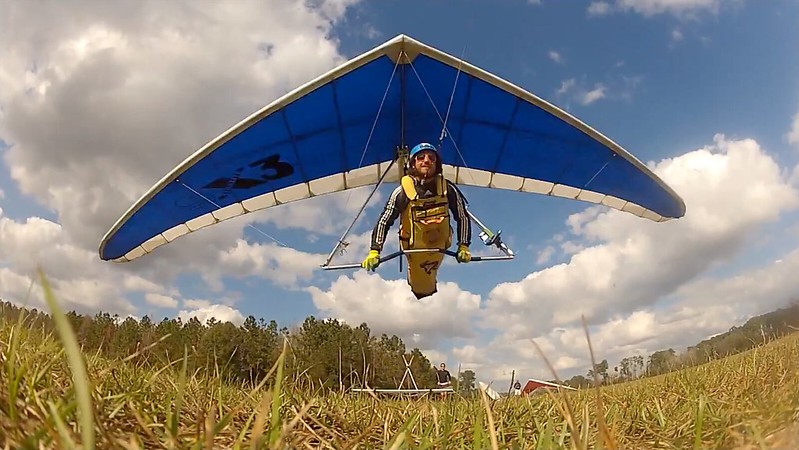
asshole demonstrated beyond any shadow of a reasonable doubt the fundamental legitimacy of that dinosaur age publication. Granted, it certainly doesn't seem to have changed all the much with what was being practiced at the bullshit AT operations (like Highland Aerosports) but it was the virtually immediate extinction of all public discussion on hang and para gliding weak links.
And did ya see what happened to the last asshole to surface with a pretense of saying something intelligent?
http://www.hanggliding.org/viewtopic.php?t=36170
Weak Links?
Care to make a post somewhere to help get everybody back on the right track? Didn't think so. (Maybe see if you can coax Jim Keen-Intellect Rooney to come back out of retirement and settle the matter (again) once and for all.)
Plan B...
http://www.hanggliding.org/viewtopic.php?t=34243
Fatal HG crash in Tres Pinos CA 4-3-2016
Tell me how Ryan's two year old pseudo-intellectual bullshit fundamentally differs from:Ryan Voight - 2016/04/12 15:19:18 UTC
Technically, it's a high relative nose angle to the horizon, but NOT a high AofA... while on tow... but when the tow force is reduced, disappears, whatever... then it's suddenly a VERY high AofA.
Stationary winch towing CAN BE a very safe and practical method of teaching- both the "low and slow" style that we tend to associate with the term scooter towing, and also the use of a stationary winch to get students higher in order to practice things like setting up approaches, transitions to/from prone, etc... But even though both of those uses of a stationary winch involve very different tow methodology... NEITHER should ever employ such a drastically high nose angle... because weaklinks break, releases can open unexpectedly or accidently, engines can stall, whatever... and expecting a new pilot (or even a very experienced one!) to make such a drastic correction to nose angle, reacting quickly and within a very short window before it's too late... is a recipe for accidents.
published by the non-pilot on paper 42 years prior? ('Cept back then we didn't have weaklinks which could break, releases which could open unexpectedly or accidentally, whatever... (And engines which could stall - while being majorly lethal to tugs - have NEVER been a significant issue for hang gliders. (Cite an example to the contrary.)))The greatest dangers are a rope break or a premature release.
Primary difference is that nowadays gurus like Ryan need to write scholarly articles on the issue when:
should've been all that was ever needed - as if it weren't obvious enough. Like nobody's ever need to write the greatest danger on a landing approach is flying into the powerlines.The greatest dangers are a rope break or a premature release.
